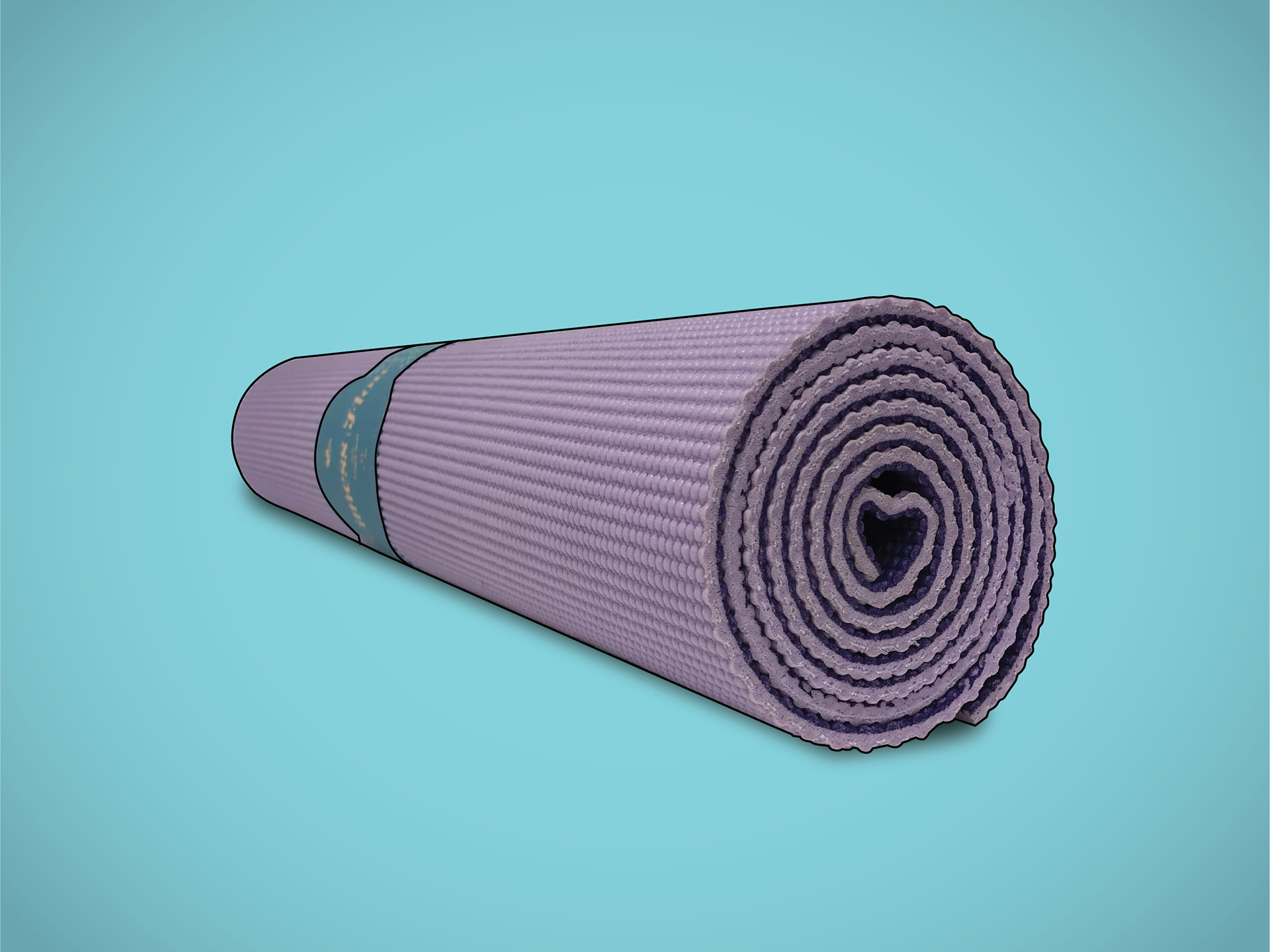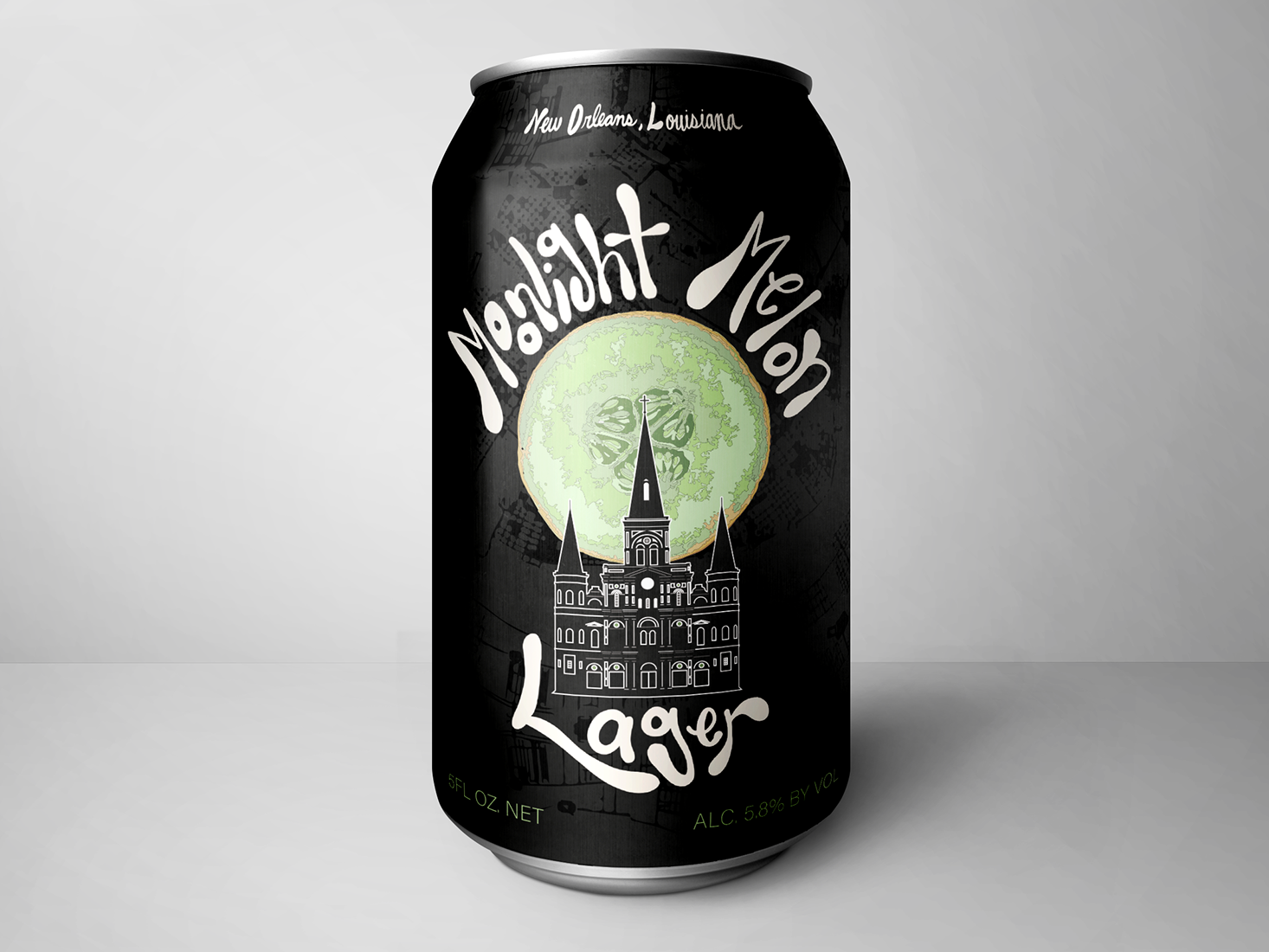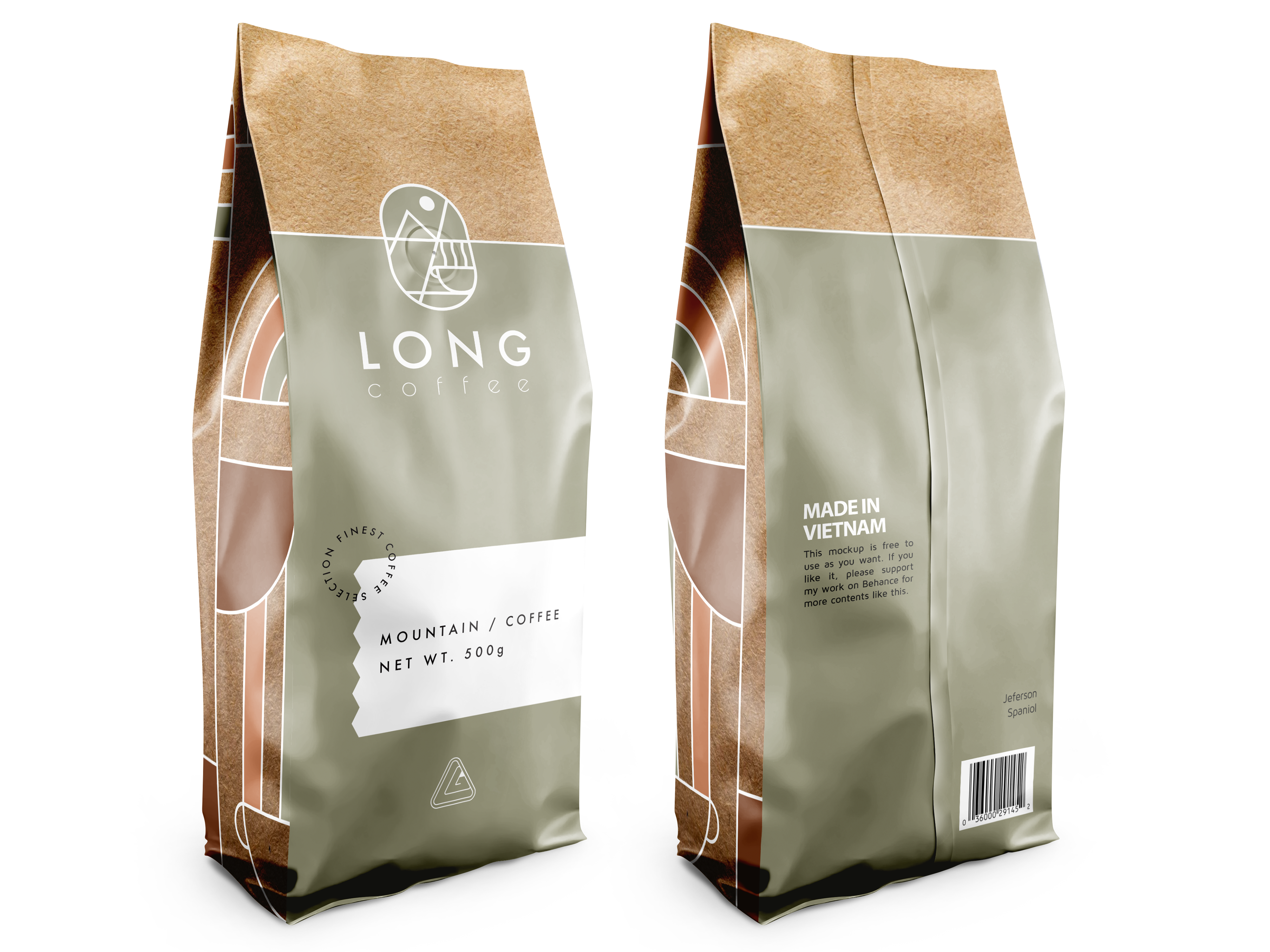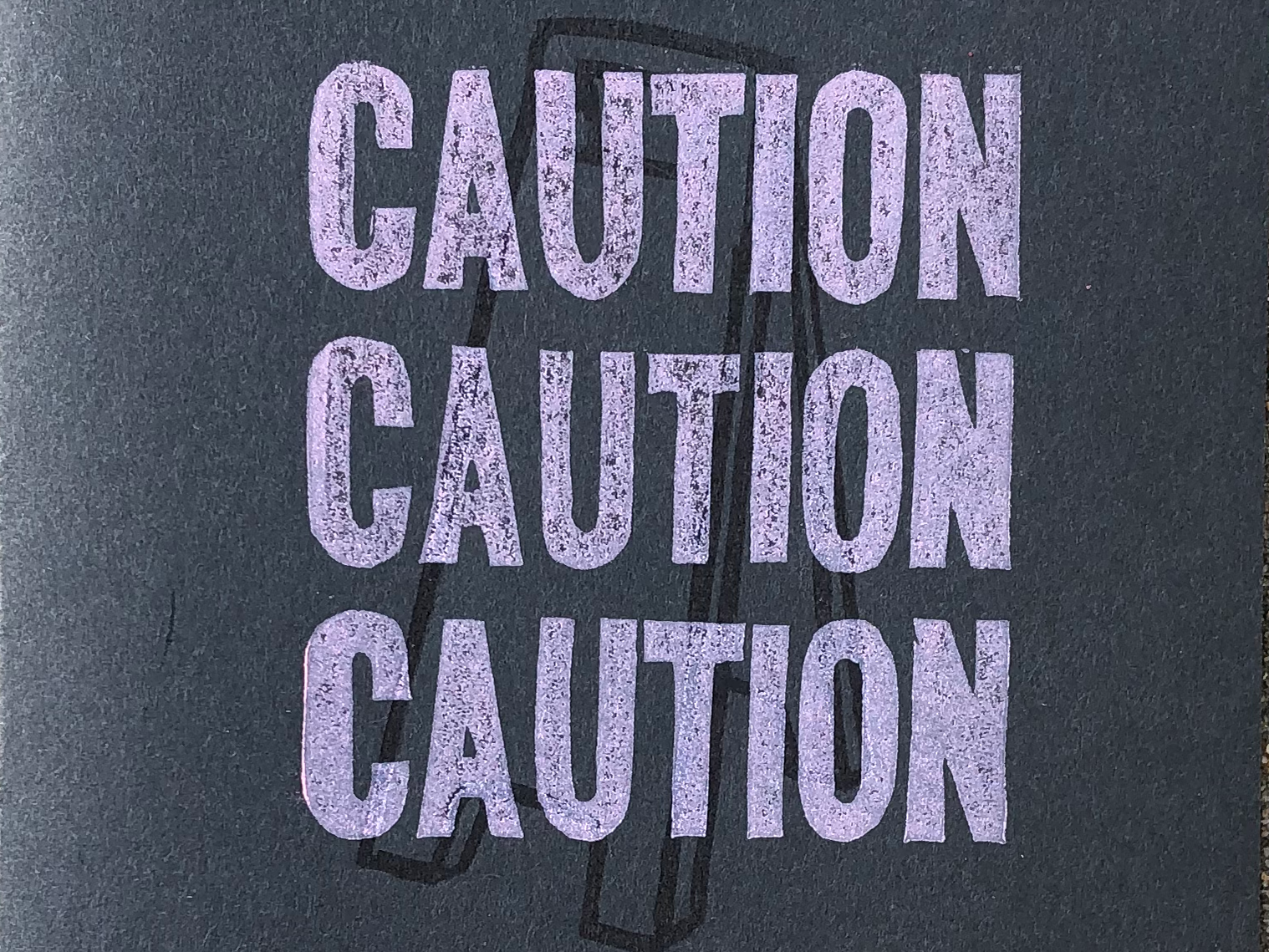
According to a biography by Walter Isaacson, one of Steve Jobs' go-to stress relievers during the early days of Apple was to head to the company toilets and soak his bare feet in the toilet water. Hydrotherapy or Insanity, foot bath or toe wrath … maybe try it out and you decide?

Lisa LeGrand from IA Austin has inspiration strike in the middle of the night. She often wakes in a sudden spirit of creativity filled with ideas of cassette tape murals and mandala instillations. Many experiments have shown that sleep promotes creative problem-solving. Professor Penny Lewis from Cardiff University discovered a theory that explains why sleep and creativity are linked. Her idea explains how the two main phases of sleep—REM and non-REM—work together to help us find unrecognized links between what we already know, and discover out-of-the-box solutions.

Beethoven kept his creativity by going on long walks through the forested valleys of Vienna. He particularly liked to go at lunch and placed great importance on this planned time for reflection. Science has confirmed that walking does awaken creative ability. In one Stanford University study, researchers found that walking can boost creativity by up to 60%. Other influential characters who understood the importance of a good walk are: Charles Darwin, Socrates, and Aristotle. Also, yes... Beethoven definitely wore pink high-tops.

Abby Janson of IA Boston lets her creative juices circulate on the Boston Red Line; all while feeling the energy of the city and it's various smells. The Scientific American states, "A study suggests that simply taking a break does not bring on inspiration -- rather, creativity is fostered by tasks that allow the mind to wander." Taking public transit is a great example of this because it allows Abby's mind the space to meander to colorful Experiential Design solutions.

Angelle Bolt of IA Austin has sparks of creativity while listening to Tame Impala, driving around the city of Austin. Whether its letting her mind have the freedom to roam or getting enticed by the views of the city. Dr. Shelley Carson, researcher and lecturer at Harvard University, explains, “When you’re driving down a clear road for a long period of time, you go into an automatic state that turns down the volume on the central executive network. This frees up a lot of your information processing space to just let your mind wander.

Salvador Dali liked his nap time. He would place a key in his hand, dangle it over his chair's arm rest, and nod off into a light sleep. There would be a metal tray on the floor and when he would start to fall asleep, the keys would fall out of his hand, hit the tray with a loud noise and wake him. A study published in Science Advances suggests that the hazy stage right between consciousness and sleep—called N1 —can spark creativity. Dali states, “The most characteristic slumber, the one most appropriate to the exercise of the art of painting...is the slumber which I call ‘the slumber with a key,’. You must resolve the problem of ‘sleeping without sleeping,’ which is the essence of the dream, since it walks on the invisible wire which separates sleeping from waking.” ... okay Dali. The list for lucid dreamers includes: Leonardo DiCaprio, Stephen King, Albert Einstein, John Lennon, and Thomas Edi

Julie Maggos (our fearless Experiential Design leader) of IA Chicago goes for a run and lets the ideas flow in the shower afterwards. Alice Flaherty, a neuroscientists researching creativity, has an answer for why this may happen. Another ingredient, that’s very important for us to be creative is dopamine: The more dopamine that is released, the more creative we are. Typical triggers that make us feel great and relaxed and therefore give us an increased dopamine flow are taking a warm shower and exercising. The chances of having a great idea then become a lot higher.

In an interview with The Paris Review, Truman Capote stated, "I am a completely horizontal author, I can't think unless I'm lying down, either in bed or stretched on a couch and with a cigarette and coffee handy. I've got to be puffing and sipping. As the afternoon wears on, I shift from coffee to mint tea to sherry to martinis. "Scientists have found that people can solve creative problems 10% faster while reclining than when standing up." In 2005, two Australian psychologists observed that subjects laying on a mattress scored higher on insight problems involving anagrams than a group trying the same puzzles on their feet. IA recommends a recliner, lounge chair, daybed, couch, futon, bench, hammock, the ground, beanbag, a beach towel or anything that can support your body at rest.

Lisa Bambach of IA Seattle loves to socialize and travel. Her best inspiration comes from being energized by other people and the fresh perspective of traveling. Pop Neuro states, "Research has found that fashion directors of large brands who live in foreign countries are continuously more successful at producing creative designs. Traveling not only makes us happier, but it also makes us more creative. In fact, even thinking of distant places can make us more creative. In one study, two groups of students were randomly divided, both of which were told to come up with as many modes of transportation as possible. One group was told that the task was designed in Greece, while the other group of students was told the task was designed down the hallway. The students that were told the problem was designed in Greece came up with significantly more modes of transportation. They didn’t just list planes, buses, and trains, but came up with things like spaceships, horses, and Segway scooters.

Agatha Christie had a peculiar habit of eating apples in the bath while dreaming up her murder mysteries. She would eat the apples and line the rim of the tub with the cores. According to a study conducted by the cognitive psychologist Scott Barry Kaufman, 72% of people get creative while in the shower. Over 4,000 people aged from 18 to 64 from 8 different countries took part in his experiment. According to a study conducted by me, lining the rim of your bathtub with apple cores is actually gross and not relaxing... no wonder she wrote about murder. Do you think Agatha was a Fuji or Honey Crisp girl?

Jen Reves of IA Atlanta likes to be at a table or desk with either pencil and paper or an iPad; listening to a movie or TV show she's seen a thousand times such as Weekend at Bernie's, Clue, or 30Rock and try's to sketch out any ideas. A study conducted by researchers at University College London and Vue Cinema found that people who watched movies experienced improved mental focus. This focused watching helps to improve cognition and memory. Science also shows that watching the same show over and over again has a calming effect because the brain doesn't have to work, as we already know what is going to happen.

Theodor Geisel, better known as Dr. Seuss, loved hats. Many of his fictional characters wore hats but so did Dr. Seuss himself. He had a secret room behind a bookshelf where he stashed hundreds of hats. He would wear one of these hats and sit on the floor when he experienced writers block. There's no science to back this... he was just a wacky with a large hat collection






















